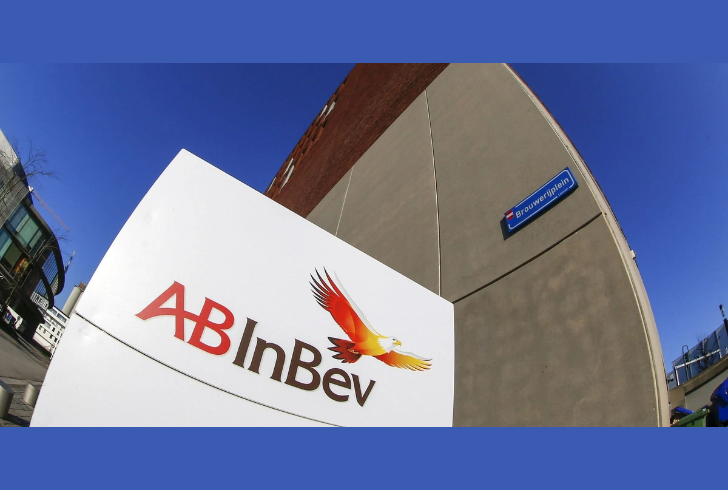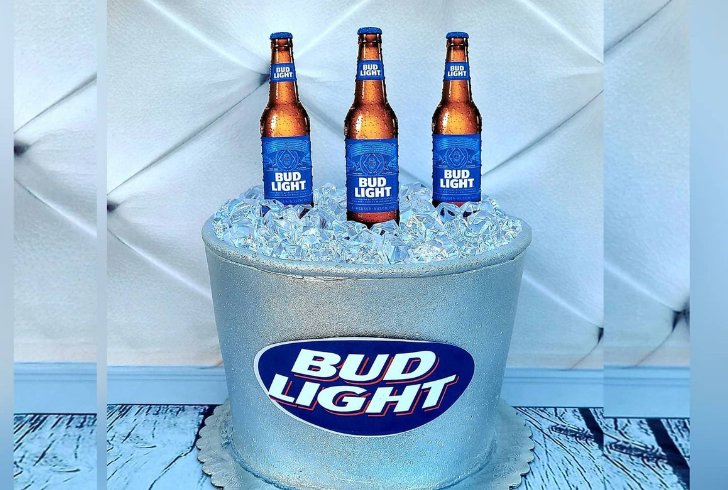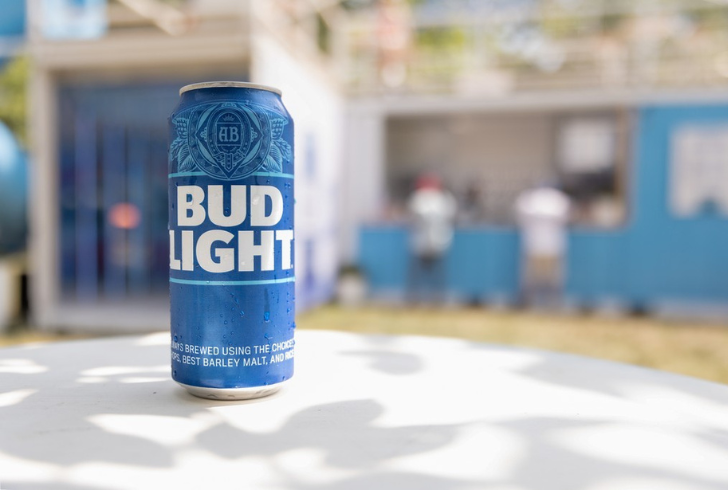For decades, Bud Light reigned supreme as the king of American beers. But in a recent turn of events, the crown has become a bit loose, causing a ripple effect that sent shivers down the spine of its producer, Anheuser-Busch InBev (BUD). Here’s a closer look at the factors behind the Bud Light stock drop and the company’s efforts to bounce back.
A Flat Performance

Anheuser-Busch InBev’s recent financial report revealed about trend for its U.S. market. The company’s fourth-quarter revenue within the United States saw a significant Bud Light stock drop, with a decline of 17.3% compared to the same period last year. This translated to a 12.1% decrease in sales to retailers (STRs). The culprit behind this slump? A noticeable decline in Bud Light’s sales volume.
Industry analysts and news outlets pointed towards a consumer boycott as a major contributor to the Bud Light stock drop. Last spring, the brand partnered with transgender social media influencer Dylan Mulvaney, a move that sparked a backlash from a segment of consumers. This controversy led to a shift in consumer preferences, causing a dent in Bud Light’s sales figures.
Rebuilding Brand Image
Anheuser-Busch InBev isn’t known for sitting by when faced with challenges. To counter the negative publicity and regain lost ground, the company launched a multi-pronged marketing campaign. Bud Light commercials placed during high-profile events like the Super Bowl and major concerts aimed to rekindle consumer interest and rebuild brand image.
While the long-term effects remain to be seen, CEO Michel Doukeris offered a glimmer of hope. He shared with analysts that Bud Light has shown slow but steady progress in regaining U.S. market share since May. This positive trend, if sustained, could be a turning point for the brand and contribute to a reversal of the Bud Light stock drop.
A Diversified Portfolio Offers Relief

The Bud Light stock drop wasn’t the only story in Anheuser-Busch InBev’s financial report. Despite the challenges faced by its flagship American brand, the company reported an revenue increase of 6.2%, reaching a total of $14.47 billion. While this figure fell short of analysts’ expectations, it highlights the strength of the company’s portfolio in other markets around the globe. Additionally, earnings per share surpassed projections, coming in at a healthy 82 cents.
Labor Agreement Ensures Smooth Operations
Another positive development came on the labor front. Anheuser-Busch InBev reached a tentative agreement with the Teamsters union, a move that averted a potential strike by roughly 5,000 U.S. employees. This agreement ensures smoother operations and prevents potential disruptions to the company’s production and distribution channels.
Adapting to a Changing Landscape

The Bud Light stock drop serves as a cautionary tale for major brands. It emphasizes the importance of brand sensitivity and the need to stay attuned to evolving consumer preferences. In today’s dynamic market, companies that fail to adapt risk alienating their customer base.
Anheuser-Busch InBev’s ongoing efforts to regain market share for Bud Light will be an interesting case study in the coming months. Whether the brand can recapture its former glory or needs to chart a new course remains to be seen. But, one thing is certain: the company’s future success hinges on its ability to navigate the ever-changing consumer landscape and adapt its strategies.
